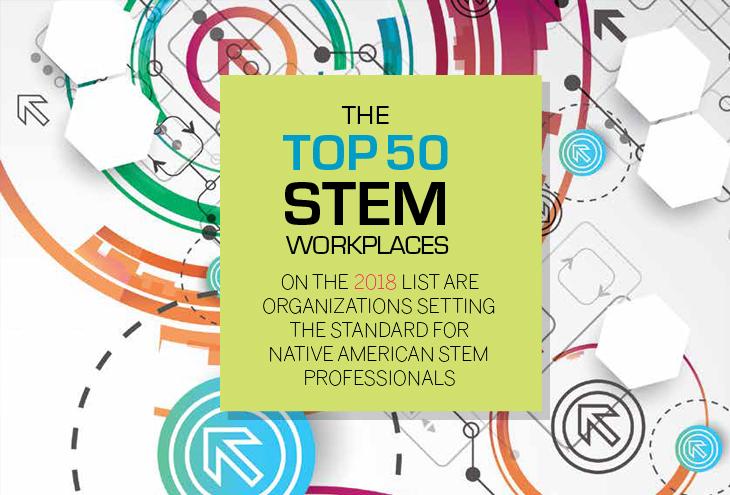Inclusive Workplaces Foster Satisfying Careers
If you leave work every day feeling smart and productive, chances are you’re employed at an organization that attracts and retains an inclusive staff. Research on workplace teams shows that when the members represent a diversity of race, gender, and sexual orientation, they are likely to be more creative when it comes to finding solutions. In fact, according to Diversity Inc., teams with a mix of backgrounds and approaches to problem-solving often outperform even more experienced homogeneous teams. And being intellectually engaged is a great way to feel good about your job.
Diverse groups tend to come up with thought-provoking ideas that challenge the status quo — and when someone in a heterogeneous group presents a dissenting idea, studies show that everyone else in the group is more likely to stop and think. What’s more, the members of diverse teams are more likely to develop the skills needed to reach consensus on those dissenting ideas.
A recent study by Forbes magazine shows that senior executives increasingly recognize that innovation correlates with a diversity of experiences, viewpoints, and backgrounds among employees. This recognition is especially strong among large companies that compete internationally, where employee diversity is crucial to serving their global market in a way that meets customers’ needs while respecting their cultures.
As the competition for diverse skilled professionals heats up, companies are honing their recruitment and retention policies. And they are finding that supporting a diverse workplace from the outset makes it easier to attract diverse talent. To demonstrate this support, many encourage members of their employee resource groups to serve as company ambassadors. As you can see at the AISES National Conference, this strategy is an effective, engaging way to connect with prospective employees.
Of course, to retain these employees, companies need to deliver on their promises of opportunity in their inclusive workplace. Companies that offer solid professional development and career advancement to all employees are more likely to attract new employees, retain current staff, and build a solid foundation for future growth. And that’s good for everybody.
The Top 50 List
(In Alphabetical Order)*
- 3M
- The Aerospace Corporation
- American Chemical Society
- America’s Navy
- Amerind Risk
- Aristocrat
- AT&T
- BMM Testlabs
- BNSF Railway
- The Boeing Company
- Bonneville Power Administration
- Boston Scientific
- Bristol Bay Native Corporation
- Bureau of Indian Affairs
- Bureau of Ocean Energy Management
- Central Intelligence Agency
- Chevron
- CHS
- Cleveland Clinic
- ExxonMobil
- GE Aviation
- General Motors
- IBM
- Indian Health Service
- Intel
- Jet Propulsion Laboratory
- Lockheed Martin
- Los Alamos National Laboratory
- Merck
- Microsoft
- National Aeronautics and Space Administration
- National Oceanic and Atmospheric Administration
- National Science Foundation
- National Security Agency
- Naval Sea Systems Command
- NextEra Energy
- Northrop Grumman
- Oracle
- Procter & Gamble
- Raytheon
- Resolution Copper
- Sandia National Laboratories
- Teach for America
- U.S. Air Force
- U.S. Coast Guard
- U.S. Department of Energy
- U.S. Nuclear Regulatory Commission
- USDA Agricultural Research Service
- USDA Forest Service
- USDA Natural Resources Conservation Service
Supporting Workplace Diversity
There’s no question that diverse workplaces are good for employees — they’re also good for the organization and, arguably, the wider community. If you work for a company that actively strives to be an inclusive organization, you can have a role in contributing to that robust diverse culture.
Start by making sure your unique perspective is part of the discussion. After all, when everybody is in agreement, it’s hard to climb out of the box — a variety of viewpoints sparks innovation. Also, be who you are, ready to share your culture and answer questions. A great way to be a presence in the organization is through an employee resource group (ERG). These voluntary, employee-led internal groups support an organization’s inclusion goals while offering employees a place to support each other.
Many Top 50 Workplaces have groups specifically for Native American employees, while others have groups that are more broadly based but also welcoming and effective. As a member of an ERG, you might have a role in recruiting other Native Americans, going to job fairs and colleges to promote the company and spreading the word among your professional connections that yours is an inclusive, welcoming workplace. Through the group you could also have a role in reaching out to employees who may feel out of place at work. These colleagues often move on, but a resource group can address cultural disconnects and be a great place for finding mentors to help get past career obstacles. Another great reason to participate is the two-way cultural benefits. An ERG validates the culture of its members, who often host events and reach out to educate colleagues and the wider community, and many engage in tutoring and other forms of community service, like engaging Native students with hands-on STEM demonstrations.











